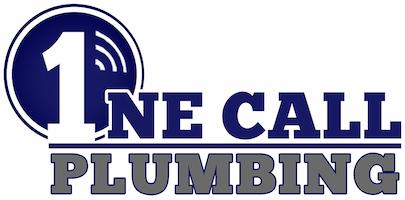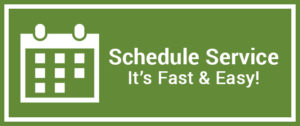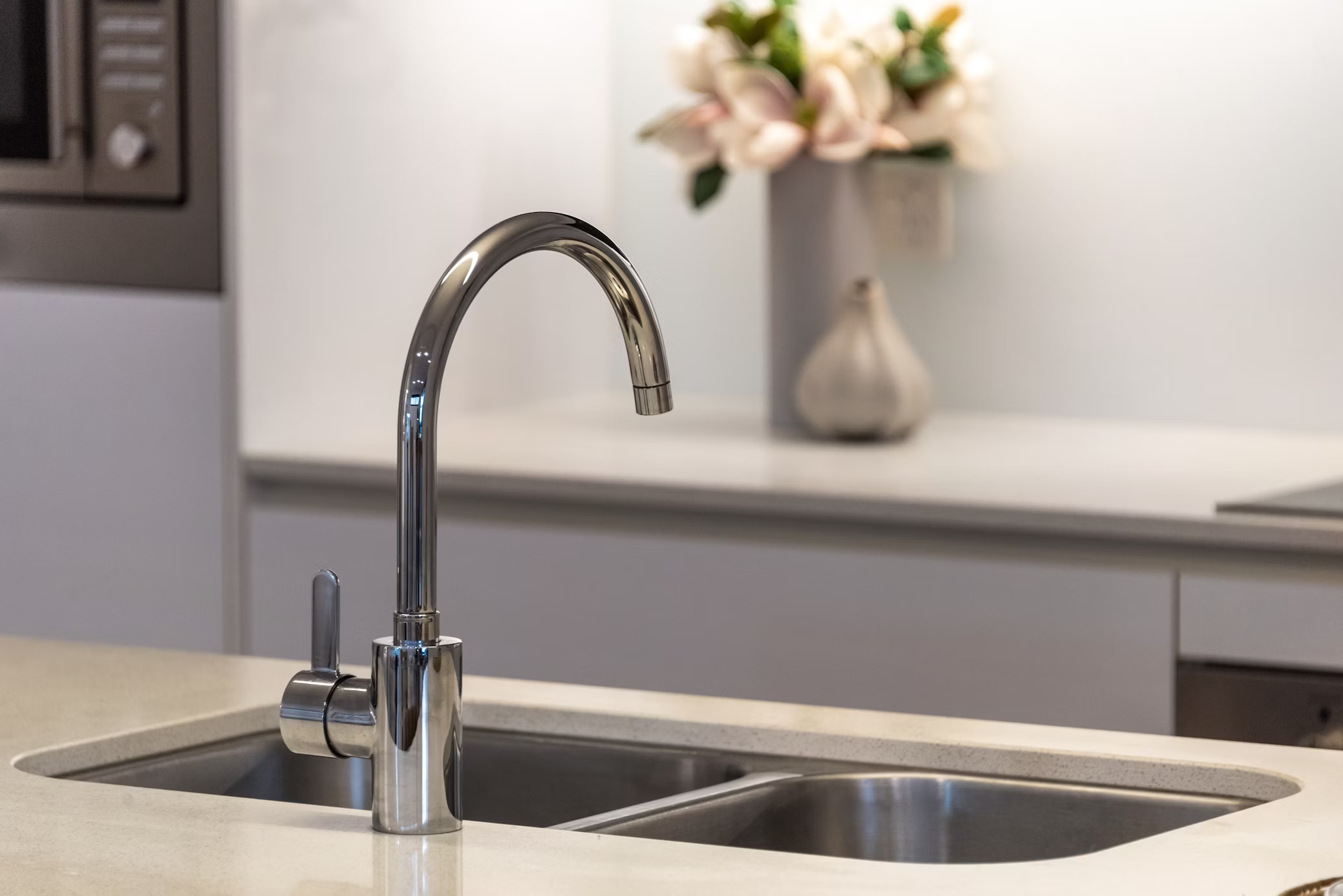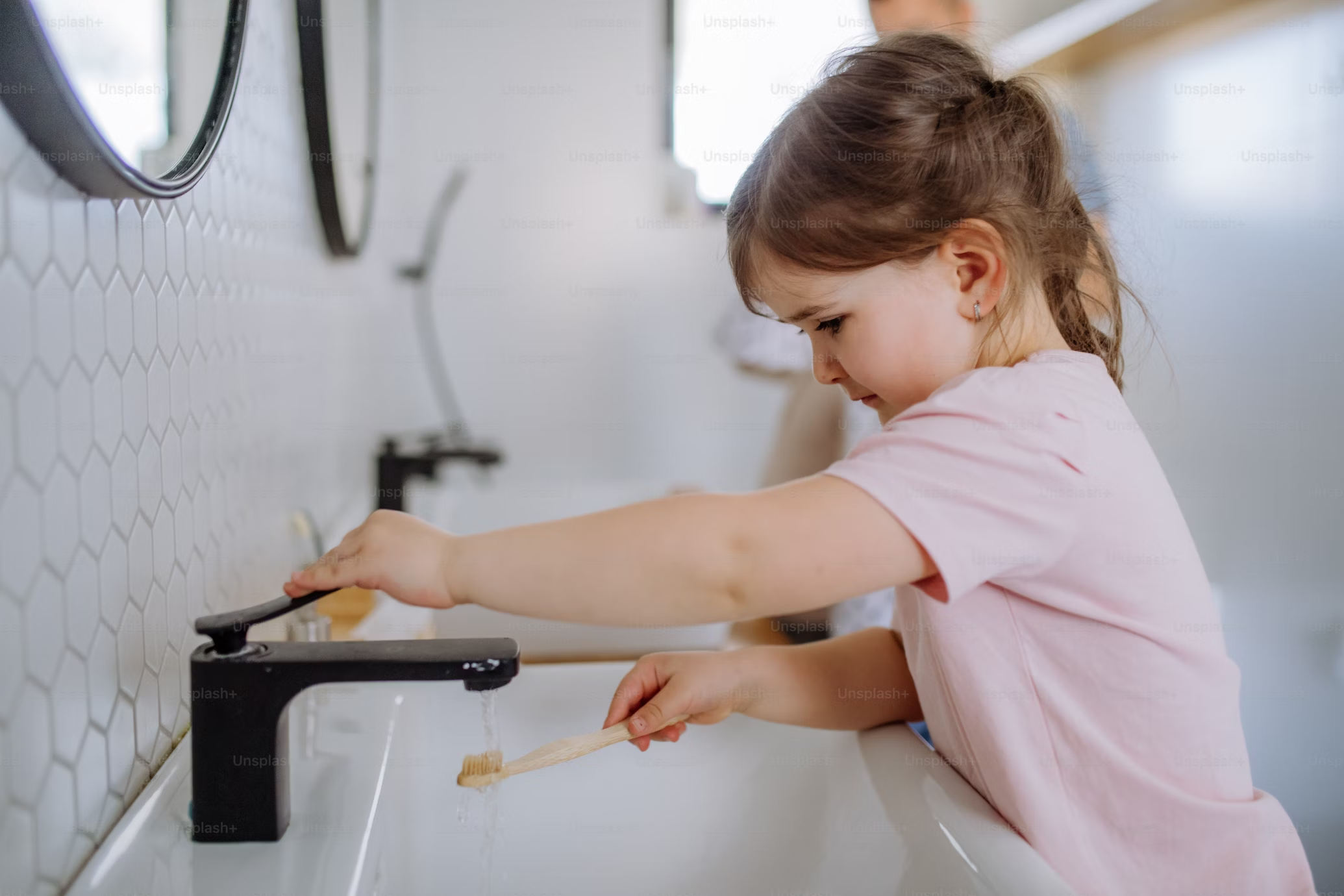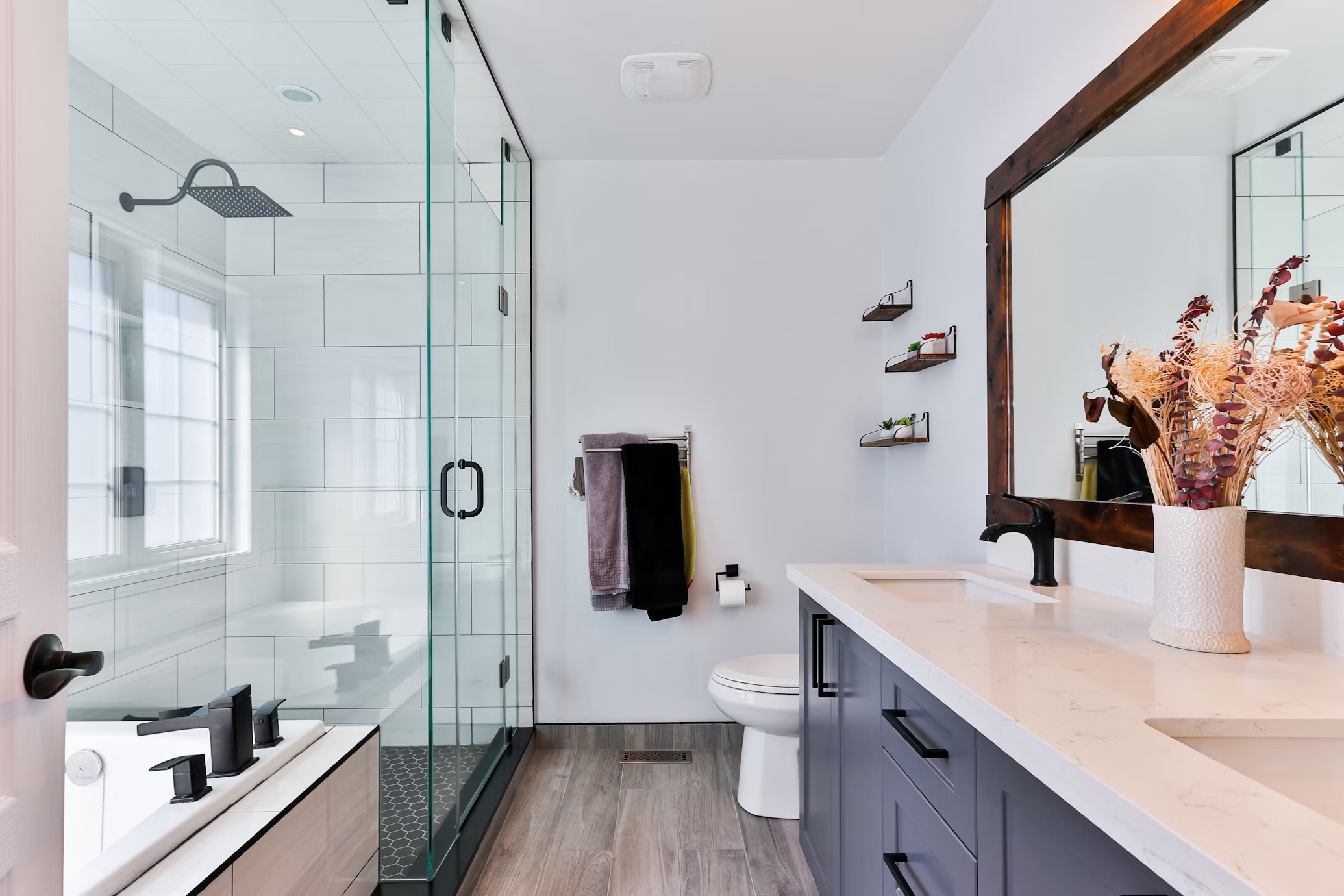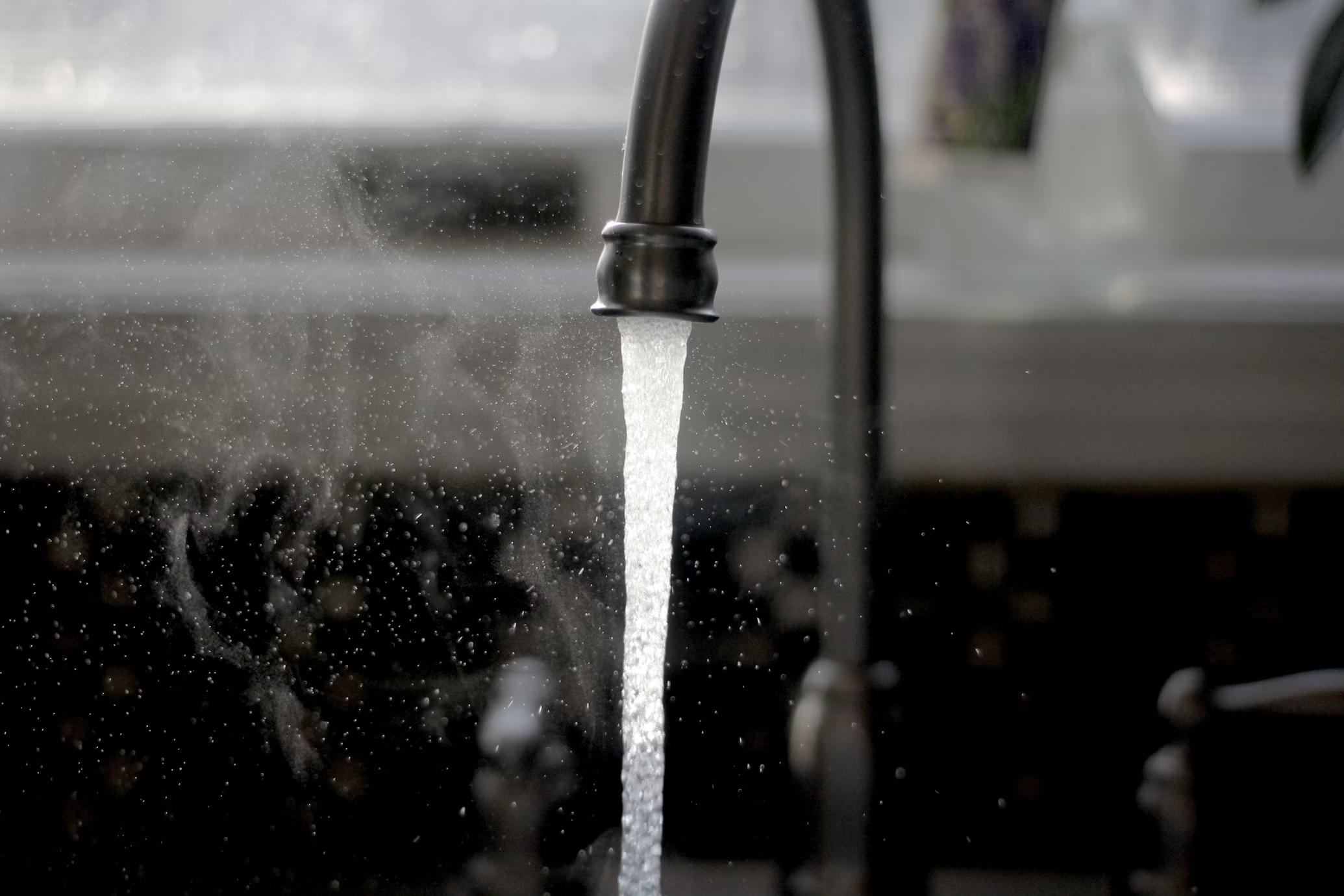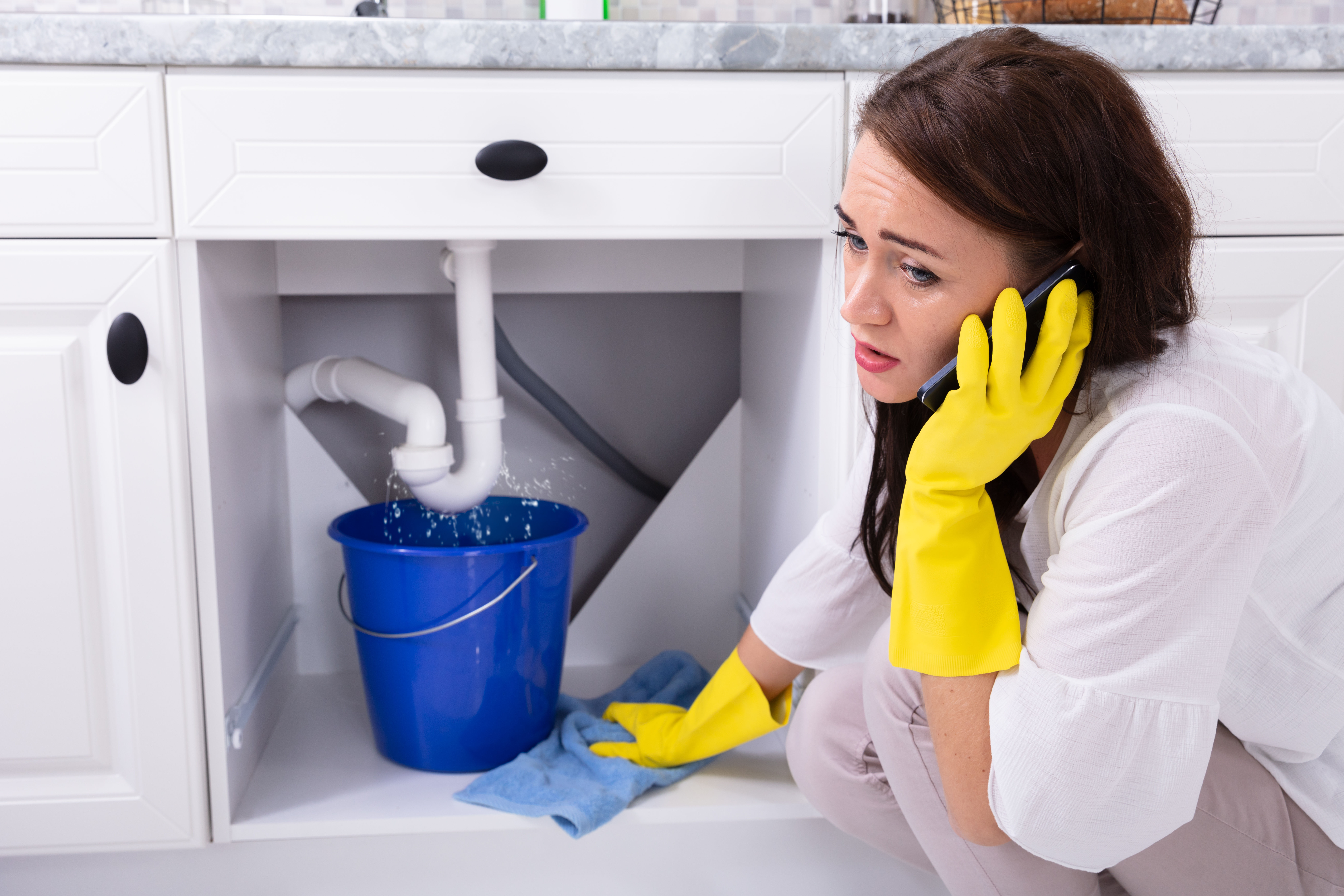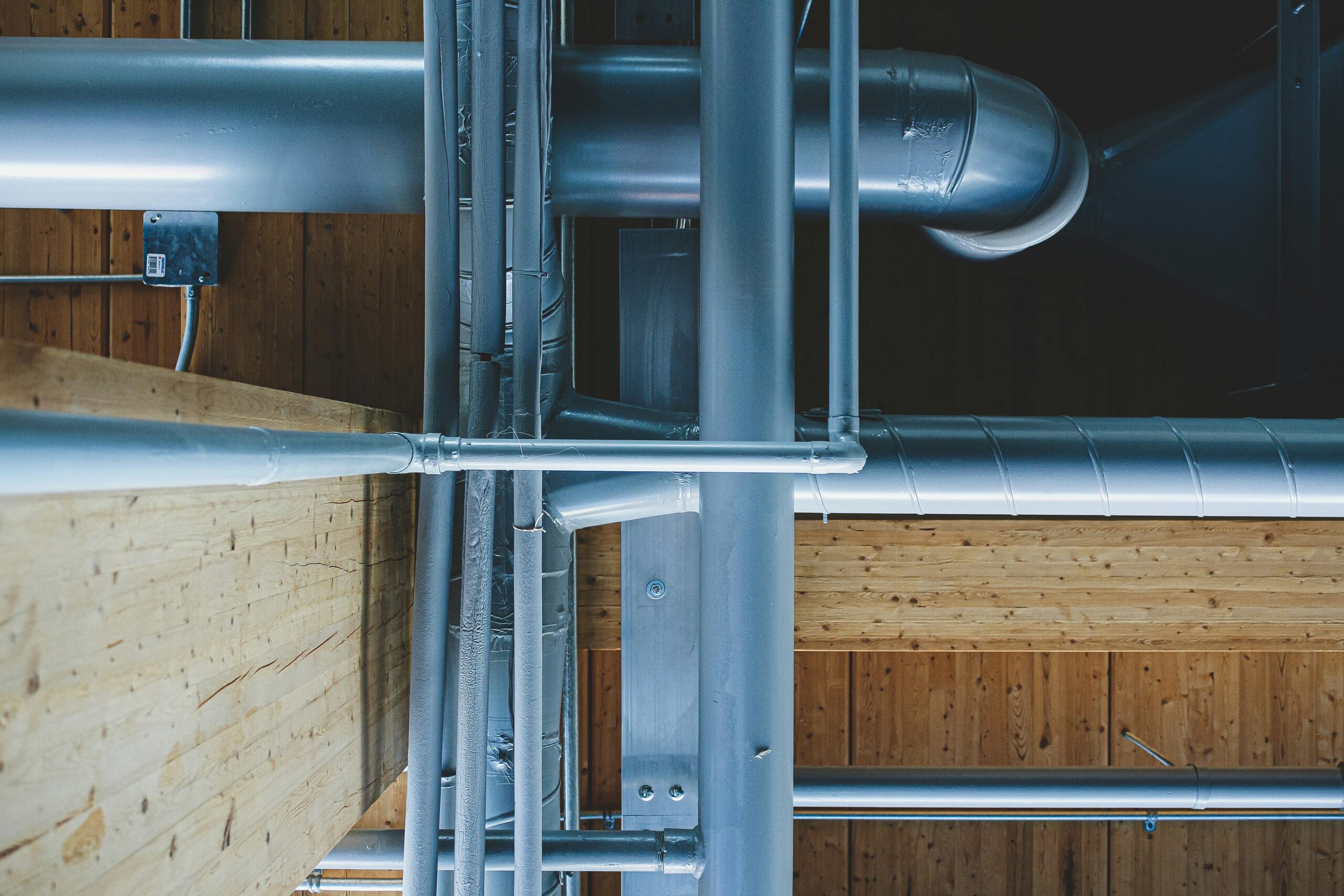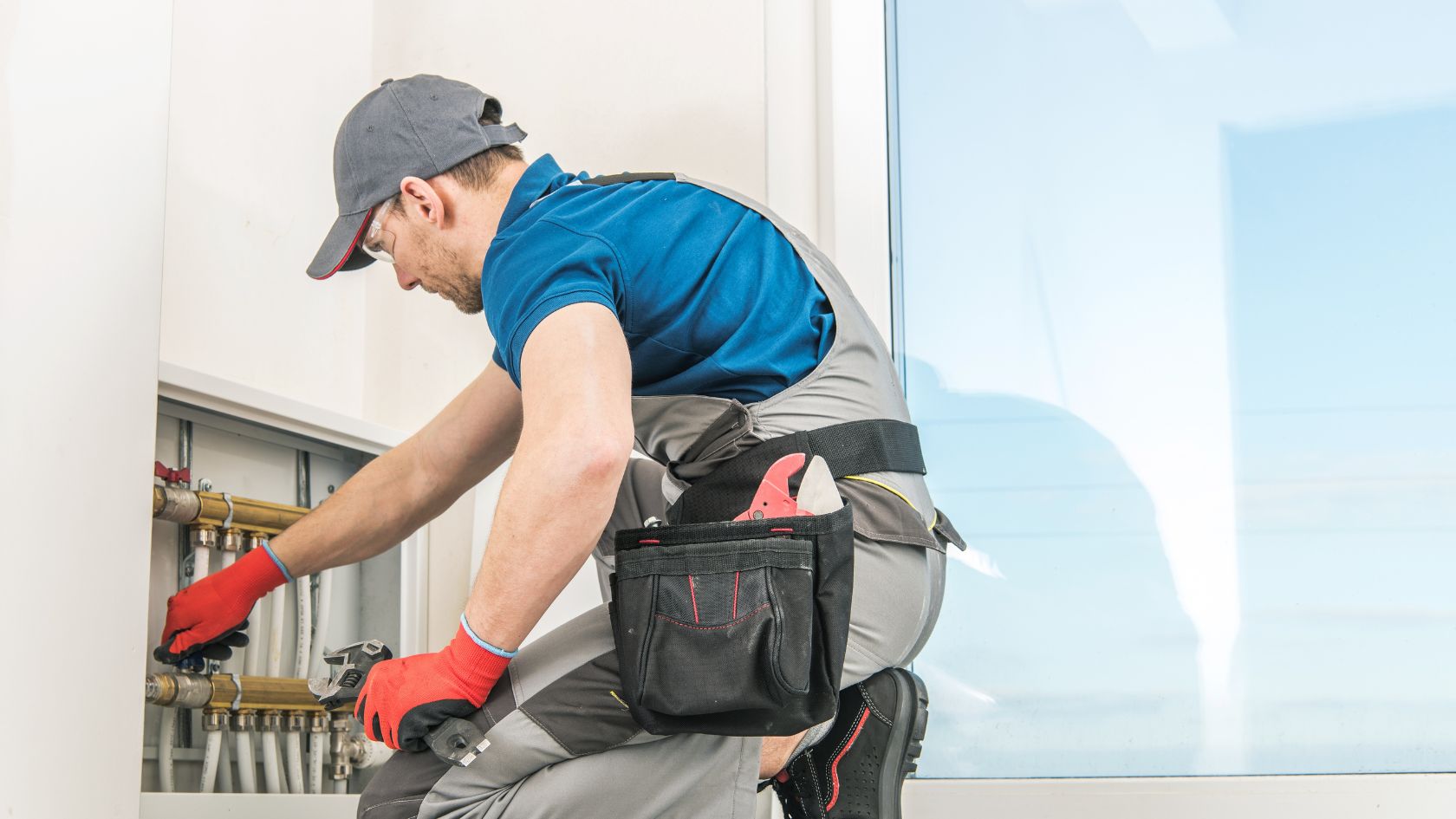Tankless water heaters are becoming increasingly popular due to their energy efficiency and space-saving design. However, like any appliance, they can experience issues that require troubleshooting. Whether you’re experiencing a lack of hot water, strange noises, or error codes, it’s important to know how to identify and address the problem.
One common issue with tankless water heaters is a lack of hot water. This can be caused by a variety of factors, including an undersized unit for your household’s needs, a clogged filter, or a malfunctioning heating element. Another issue is strange noises, such as rattling or popping sounds, which can indicate a buildup of mineral deposits or a loose part. Finally, error codes can appear on the unit’s display, indicating a problem with the unit’s sensors, gas supply, or other components.
In this article, we will explore common tankless water heater troubleshooting techniques and solutions. By understanding how to identify and address these issues, you can ensure that your tankless water heater continues to provide reliable and efficient hot water for years to come.
Understanding Tankless Water Heater Operation
How Tankless Water Heaters Work
Tankless water heaters, also known as on-demand water heaters, provide hot water only when it is needed. They do not store hot water like traditional tank water heaters. When a hot water tap is turned on, cold water flows through the unit and is heated by a gas burner or an electric element. The hot water is then delivered to the faucet or showerhead.
Tankless water heaters use sensors and computer chips to monitor the incoming water temperature and flow rate. This information is used to determine how much heat is needed to raise the water temperature to the desired level. The unit then adjusts the gas or electric input to provide the necessary heat.
Types of Tankless Water Heaters
There are two types of tankless water heaters: gas-fired and electric. Gas-fired units use natural gas or propane to heat the water, while electric units use electricity. Gas-fired units generally have a higher flow rate and can provide hot water to multiple fixtures at once, while electric units are more efficient and are better suited for smaller households or point-of-use applications.
Benefits of Tankless Water Heaters
Tankless water heaters have several benefits over traditional tank water heaters. They are more energy-efficient, as they only heat water when it is needed. This can result in significant savings on energy bills over time. They also take up less space, as they do not require a large storage tank. Tankless water heaters have a longer lifespan than tank water heaters and are less prone to leaks and other problems. Finally, tankless water heaters provide an endless supply of hot water, as long as the demand does not exceed the unit’s flow rate.
Common Problems and Solutions
Tankless water heaters are known for their efficiency and convenience, but like any other appliance, they can experience problems. Here are some common issues that homeowners may encounter with their tankless water heaters and their solutions.
No Hot Water
One of the most common problems with tankless water heaters is no hot water. This can be caused by a variety of factors, including a malfunctioning heating element, a tripped circuit breaker, or a clogged filter. To troubleshoot this problem, homeowners should check the power supply, inspect the heating element, and clean the filter. If these steps do not solve the problem, it may be necessary to call a professional plumber to diagnose and repair the issue.
Inconsistent Water Temperature
Another common problem with tankless water heaters is inconsistent water temperature. This can be caused by a variety of factors, including fluctuating water pressure, a malfunctioning thermostat, or a clogged filter. To troubleshoot this problem, homeowners should check the water pressure, inspect the thermostat, and clean the filter. If these steps do not solve the problem, it may be necessary to call a professional plumber to diagnose and repair the issue.
System Overload
Tankless water heaters are designed to provide hot water on demand, but they can become overwhelmed if multiple appliances are using hot water at the same time. This can cause the system to shut down or produce lukewarm water. To avoid this problem, homeowners should limit the use of hot water when multiple appliances are in use, such as running the dishwasher or washing machine. If the problem persists, it may be necessary to upgrade to a larger tankless water heater or install a second unit.
Error Codes Interpretation
Tankless water heaters are equipped with error codes that can help homeowners diagnose and troubleshoot problems. These codes can indicate issues such as overheating, sensor malfunctions, or gas supply problems. To interpret these codes, homeowners should consult the owner’s manual or contact the manufacturer for assistance. In some cases, it may be necessary to call a professional plumber to diagnose and repair the issue.
Overall, tankless water heaters are a reliable and efficient way to provide hot water on demand. By understanding common problems and their solutions, homeowners can troubleshoot issues and keep their tankless water heaters running smoothly.
Maintenance and Prevention
Routine Maintenance
Regular maintenance is essential to ensure the longevity and proper functioning of a tankless water heater. The following routine maintenance tasks should be performed periodically:
- Check the unit for leaks, loose connections, and corrosion.
- Inspect the venting system for blockages and damage.
- Clean the air filter to ensure proper airflow.
- Check the water pressure and adjust if necessary.
- Verify that the temperature and pressure relief valve is functioning correctly.
Descaling Procedures
Mineral buildup can occur in a tankless water heater, reducing its efficiency and potentially causing damage. Descaling the unit can help remove mineral buildup and restore its performance. The following are the steps for descaling a tankless water heater:
- Turn off the power supply to the unit.
- Shut off the water supply to the unit.
- Remove the service valves and connect the descaling kit to the unit.
- Open the hot water taps and allow the solution to circulate through the unit.
- Rinse the unit thoroughly with clean water.
- Reconnect the service valves and restore the power and water supply to the unit.
Filter Cleaning
The air filter in a tankless water heater should be cleaned periodically to ensure proper airflow and prevent damage to the unit. The following are the steps for cleaning the air filter:
- Turn off the power supply to the unit.
- Locate the air filter and remove it from the unit.
- Clean the filter with a soft brush or vacuum cleaner.
- Reinstall the filter into the unit.
- Restore the power supply to the unit.
By performing routine maintenance, descaling procedures, and filter cleaning, homeowners can prevent issues with their tankless water heaters and ensure their longevity and optimal performance.
Professional vs. DIY Repair
When it comes to troubleshooting tankless water heaters, homeowners may wonder whether to attempt a DIY repair or call in a professional. While some issues can be easily fixed with basic knowledge and tools, others require the expertise of a licensed technician.
When to Call a Professional
If the tankless water heater is experiencing major problems such as a gas leak, water leaks, or electrical issues, it is important to call a professional immediately. These issues can be dangerous and require specialized knowledge and equipment to repair. Additionally, if the unit is still under warranty, attempting a DIY repair can void the warranty.
DIY Repair Tips
For minor issues such as a lack of hot water or error codes, homeowners can attempt to troubleshoot the unit themselves. One common issue is a clogged air intake filter, which can be easily cleaned with a soft brush or vacuum. Another DIY repair tip is to check the gas or water supply to ensure they are turned on and functioning properly.
Safety Concerns
Regardless of whether a homeowner attempts a DIY repair or calls in a professional, safety should always be a top priority. Before attempting any repairs, the power and gas supply should be turned off and the unit should be allowed to cool down. Protective gear such as gloves and safety glasses should also be worn.
Overall, homeowners should use their best judgment when deciding whether to attempt a DIY repair or call in a professional. By following safety protocols and knowing the limits of their own knowledge and abilities, homeowners can successfully troubleshoot their tankless water heaters and keep them running efficiently.
Advanced Troubleshooting Techniques
Electronic Diagnostics
When troubleshooting tankless water heaters, electronic diagnostics can be a powerful tool. Most modern tankless water heaters have a built-in diagnostic system that can help identify problems with the unit. The diagnostic system can be accessed by using a remote control or by pressing a series of buttons on the unit itself.
One common issue that can be identified using electronic diagnostics is a faulty sensor. If the sensor is not functioning properly, it may be unable to detect the flow of water through the unit, which can cause the unit to shut down. By using the diagnostic system, the technician can check the sensor and determine if it needs to be replaced.
Water Pressure Checks
Another important troubleshooting technique is to check the water pressure coming into the tankless water heater. Low water pressure can cause the unit to shut down or produce insufficient hot water. The water pressure can be checked using a pressure gauge, which can be attached to the unit’s inlet valve.
If the water pressure is too low, the technician may need to adjust the pressure regulator or replace the water supply line. It is important to note that tankless water heaters require a minimum water pressure of 20 psi to operate properly.
Temperature Calibration
Temperature calibration is another advanced troubleshooting technique that can help identify problems with a tankless water heater. If the unit is producing water that is too hot or too cold, it may be due to a malfunctioning temperature sensor or a problem with the thermostat.
To calibrate the temperature, the technician will need to access the unit’s control panel and adjust the temperature setting. It is important to follow the manufacturer’s instructions when calibrating the temperature to ensure that the unit is operating safely and efficiently.
By using these advanced troubleshooting techniques, technicians can quickly identify and resolve problems with tankless water heaters. However, it is important to note that these techniques should only be performed by trained professionals to avoid causing further damage to the unit.
Replacement and Upgrades
When to Replace
Even the best tankless water heaters will eventually need to be replaced. The lifespan of a tankless water heater depends on several factors, including the quality of the unit, how often it is used, and the quality of the water in the area. Generally, a tankless water heater should last between 10 and 20 years.
If you notice any of the following signs, it may be time to replace your tankless water heater:
- The unit is more than 10 years old.
- The water temperature fluctuates.
- The water pressure is low.
- The unit is leaking.
- The unit makes strange noises.
Choosing a New Model
When choosing a new tankless water heater, there are several factors to consider. The first is the size of the unit. The size of the unit will depend on the number of people in your household and your hot water usage. A professional plumber can help you determine the right size for your needs.
Other factors to consider include the energy efficiency of the unit, the cost, and the warranty. It is also important to choose a reputable brand with good customer reviews.
Installation Best Practices
Proper installation is crucial for the performance and longevity of your tankless water heater. It is recommended to hire a licensed plumber to install the unit. The plumber should follow the manufacturer’s instructions and local codes.
Some best practices for installation include:
- Installing a water softener if the water in the area is hard.
- Flushing the unit regularly to remove mineral buildup.
- Installing a sediment filter to prevent buildup in the unit.
- Installing a pressure relief valve to prevent damage to the unit in case of high pressure.
By following these best practices, you can ensure that your tankless water heater operates efficiently and lasts for many years.
Regulations and Compliance
Tankless water heaters are subject to various regulations and standards to ensure their safety and efficiency. Compliance with these regulations and standards is essential for the proper functioning of tankless water heaters and to avoid any potential hazards. In this section, we will discuss the most important regulations and compliance standards that apply to tankless water heaters.
Building Codes
Building codes are a set of regulations that dictate the design, construction, and installation of buildings and their components. They are intended to ensure the safety of occupants and the public. Tankless water heaters are subject to building codes that vary depending on the location and type of building. For example, the International Plumbing Code (IPC) and the International Residential Code (IRC) provide guidelines for the installation of tankless water heaters in residential buildings. Compliance with these codes is mandatory, and failure to comply can result in fines and legal liabilities.
Environmental Standards
Environmental standards are regulations that aim to protect the environment by reducing the emission of harmful substances and conserving natural resources. Tankless water heaters are subject to environmental standards that require them to meet certain energy efficiency and emission standards. For example, the Energy Star program sets energy efficiency standards for tankless water heaters, and the California Air Resources Board (CARB) has emission standards for gas-fired tankless water heaters. Compliance with these standards is voluntary but is often required by local authorities to obtain building permits and certifications.
Certifications
Certifications are a way of verifying that a product meets certain standards and specifications. Tankless water heaters are subject to certifications that ensure their safety, efficiency, and quality. For example, the Underwriters Laboratories (UL) certification verifies that a tankless water heater meets safety standards, and the National Sanitation Foundation (NSF) certification verifies that a tankless water heater meets sanitation standards. Compliance with these certifications is voluntary, but it can enhance the credibility of the manufacturer and the product.
In summary, compliance with regulations and standards is essential for the proper functioning of tankless water heaters and to ensure their safety and efficiency. Building codes, environmental standards, and certifications are the most important regulations and compliance standards that apply to tankless water heaters. Compliance with these standards is mandatory or voluntary, depending on the type of regulation or standard.
Resources and Support
Tankless water heaters are complex appliances that require proper installation and maintenance to function optimally. Fortunately, there are several resources and support options available to help troubleshoot any issues that may arise.
Manufacturer Support
Most manufacturers offer support for their products, including tankless water heaters. This support can include online resources such as manuals, troubleshooting guides, and FAQs. Some manufacturers also offer phone or email support for more complex issues.
It is important to have the model and serial number of the tankless water heater ready when contacting the manufacturer for support. This information can usually be found on a label attached to the unit.
Online Communities
Online communities can be a valuable resource for tankless water heater troubleshooting. These communities are made up of individuals who have experience with tankless water heaters and can offer advice and solutions to common problems.
Some popular online communities for tankless water heater troubleshooting include Reddit’s r/Plumbing and r/HomeImprovement, as well as various forums such as Tankless Water Heater Forum and Water Heater Rescue.
Professional Associations
Professional associations, such as the Plumbing-Heating-Cooling Contractors Association (PHCC), can also provide support for tankless water heater troubleshooting. These associations often have resources available for both homeowners and professionals, including training and certification programs.
In addition, professional associations can provide referrals to licensed and certified plumbers who specialize in tankless water heater installation and maintenance.
Overall, utilizing these resources and support options can help ensure proper maintenance and troubleshooting of tankless water heaters.
